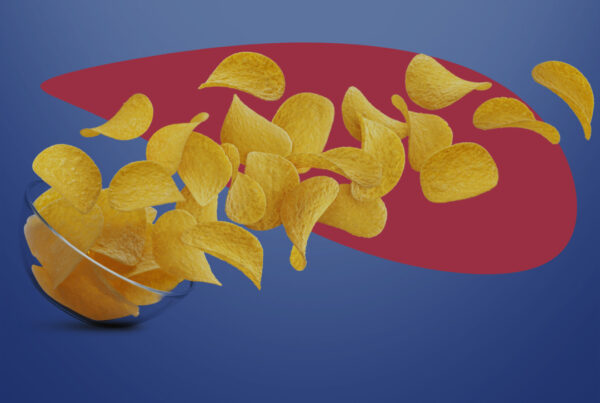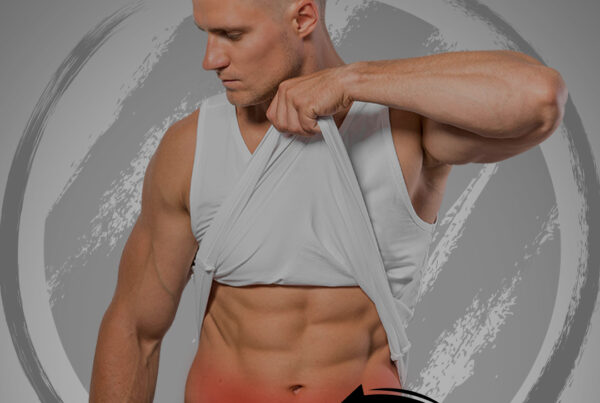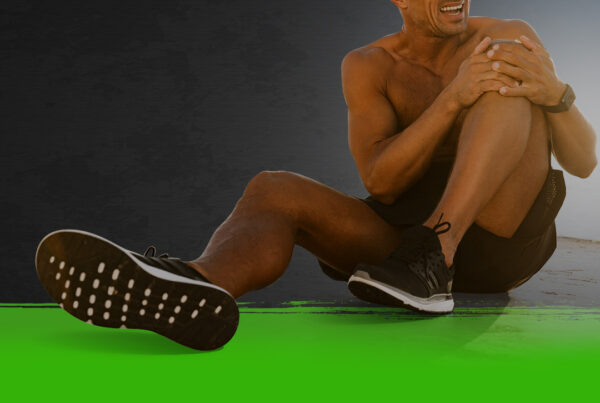Have you ever heard of Olympic lifting? If so, then there is a high probability that you have heard of the Snatch! Snatches are important for athletes and are one of the best exercises athletes can do to improve their overall performance. It allows them to develop explosiveness and strength without hugely taxing their ability to recover.
Why Virat Kohli Love Snatches?
Virat Kohli is one such athlete who needs no introduction when it comes to his obsession to fitness. If you follow his Instagram, you must have noticed that he keeps posting a lot of fitness videos, and performing power snatches seems to be his favorite move. Even when asked in an interview about his favorite exercise to perform in the gym, Virat said, “If I had to choose one exercise to do every day, this would be it. I love the power snatch”. He has worked really hard on his snatch technique and has grown stronger over the years. Have a look at some of the power snatches videos he posted on his Instagram -
He admits that his performance has levelled up since he started doing snatches, and he has gained strength and feels more agile on the pitch. Cricket, after all, is such a demanding game where you need to have strength, power, agility, speed, reflexes and focus to excel and perform your best at the highest level. Snatch is one movement that provides you with all these benefits and compliments your athletic journey. So, it's not hard to guess why Virat Kohli loves performing the snatch.
In this article, we'll be looking at some of the significant benefits of performing the snatch and how long it takes to learn, plus some high-level tips on how to program the power snatch into your workouts. The great benefits reaped through performing snatch:
Increases Power
The snatch is an excellent exercise for developing power. This is especially true in many sports. You see, during the snatch, you have a triple extension between the ankles, knees and hips. This is done quickly as the speed is needed to propel the bar.
When the bar gets to the power position (lower abdominal area), you must execute a powerful pop against the bar with your body. Also, progressively overloading this exercise via weights/reps/sets will allow you to develop your power by using this specific exercise continually!
Improves Core Stability
The snatch is significant stability demanding movement. This is demonstrated throughout all areas of the lift. You need stability from the floor in the sense of keeping your position. This is kept mainly by your core. You need to have glute and upper back strength during the power position to control the bar path and get enough height on the lift before dipping under it.
Lastly, another major stability demanding part of this exercise would be the catch position after getting the weight overhead. Not only do you need to provide a stable base from your feet to your knees to your hips to your shoulders, but you also need to control and stabilize the weight overhead before standing it back up!
Throughout the entire lift, core stability is tremendously essential. However, there are different areas in the lift where other muscle groups need to contribute to stabilizing the movement effectively.
Performing the snatch and progressively overloading it will allow you to develop this stability optimally. Furthermore, the snatch being such a technical lift will have good transferability to other more simplistic movements, such as the squat, when bracing and stabilizing them.
The ability to maintain stability throughout different positions of the snatch is also great for sports performance. You are getting used to adjusting while on the move and bracing/stabilizing in less than standard positions.
Faster Reflexes
The snatch happens in a split second. You only get a fraction of a second to pull yourself under the bar and jump under to catch it in the air on your shoulders. Snatch develops lightning-fast reaction times, which is a skill that can be applied to various sports from football to boxing and many more.
Better Co-ordination
This move forces you to stop, change your direction, and continue the movement in a very brief amount of time. This movement process range helps further develop agility and can also help you be lighter on your feet.
Faster Sprinting
Sprinters benefit from performing snatches because the movement allows them to generate high rates of force development, which translates into higher rates of acceleration. For this reason, snatches are widely included in training programs for sprinters.
Carryover to Other Sports
Any sport that requires power and full-body movements such as throwing, sprinting, running, and jumping, performing snatches could be a staple movement for all the athletes to get in their best shape and perform at their highest level.
Improved Body Composition
Performing snatches requires speed and energy expenditure and can help you burn a lot of fat and jack up your metabolism. It uses so many large muscle groups and is an efficient exercise for providing a full-body strength workout. That means it can provide a stimulus for hypertrophy, too. The hypertrophy component depends on training styles, but even weightlifters who train in the lowest reps have serious muscle slabs on their back and legs.
How Long Does It Take to Learn The Power Snatch?
You must have heard many people saying that it takes weeks or even months to learn how to snatch. But we would suggest that's not the case. You can even learn how to snatch within a single session and an hour of practice.
Now, don't get us wrong, this doesn't mean you will be masters at it and can turn up to an international weightlifting event to perform snatches. But surely you will be competent, effective and safe enough to add some amount of load to the barbell.
How to Program The Power Snatch
Alright, now that you know the benefits and method to perform a snatch, how and when do you include it in your workout sessions?
At the Beginning
Since the snatch is one of the more complex and explosive gym-based movements, we recommend you put it right at the beginning of your workout so you can perform it when you're physically and mentally the freshest.
Sets, Reps and Intensities
We recommend using weights in the 60-75% range of your snatch 1 Rep Max for sports performance and power development. If you’re not sure what your 1 Rep Max is yet, then we have a detailed blog titled: 1 RM – What is it & How to Find Yours?. Give it a read to understand more on 1 Rep Max. You can also try our 1 Rep Max Calculator to find your ideal 1 RM. We suggest anything between 3 – 5 sets of 2 – 4 reps would work perfectly.
The Bottom Line
There is no denying that The Power Snatch is one of the best exercises to develop speed and power. Therefore, this exercise is highly recommended for Olympic lifters and athletes, sportspeople, and lifters looking to develop their overall strength.
References
Soriano, M. A., Suchomel, T. J., & Comfort, P. (2019). Weightlifting Overhead Pressing Derivatives: A Review of the Literature. Sports Medicine, 49(6), 867–885. https://doi.org/10.1007/s40279-019-01096-8
Ayers, J., DeBeliso, M., Sevene, T., & Adams, K. (2016). Hang cleans and hangs snatches produce similar improvements in female collegiate athletes. Biology of Sport, 33(3), 251–256. https://doi.org/10.5604/20831862.1201814
Liu, G., Fekete, G., Yang, H., Ma, J., Sun, D., Mei, Q., & Gu, Y. (2018). Comparative 3-dimensional kinematic analysis of snatch technique between top-elite and sub-elite male weightlifters in the 69-kg category. Heliyon, 4(7), e00658. https://doi.org/10.1016/j.heliyon.2018.e00658
Hackett, D., Davies, T., Soomro, N., & Halaki, M. (2015). Olympic weightlifting training improves vertical jump height in sportspeople: a systematic review with meta-analysis. British Journal of Sports Medicine, 50(14), 865–872. https://doi.org/10.1136/bjsports-2015-094951





